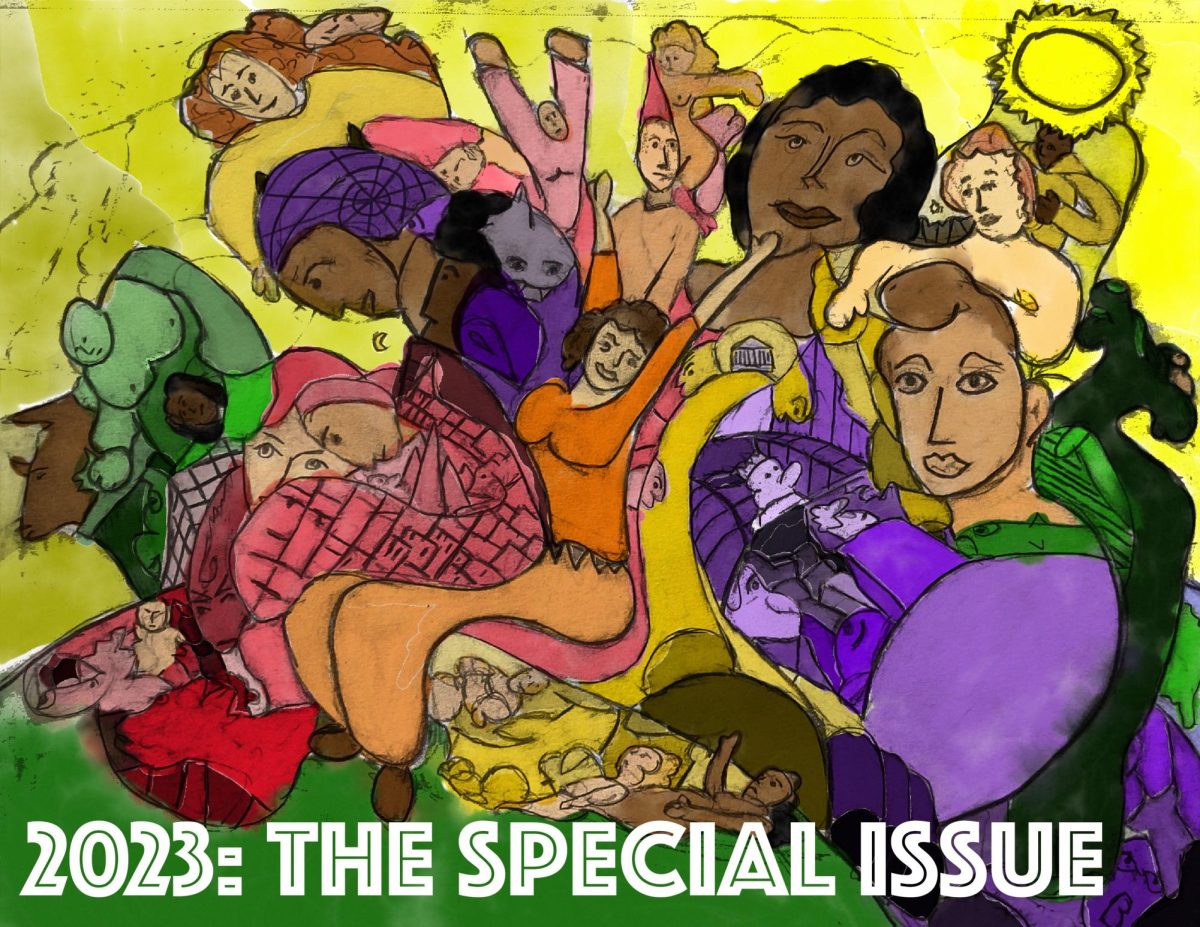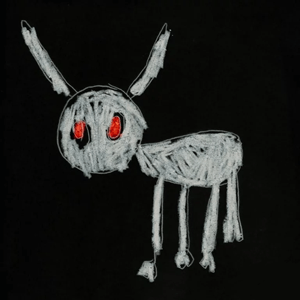
There was only one story from the recent VMA’s that grabbed my attention. It wasn’t Miley Cyrus’… interesting… form of self-expression, it wasn’t Justin Timberlake getting N’Sync back together, nor was it any of the performances. It was merely a tiny detail from a night filled with nothing but performers trying to grab you by the neck and force you to focus on them. The one anecdote from the night that startled me was the red-carpet sight of One Direction member Louis Tomlinson sporting a Joy Division T-shirt. The T-shirt in question was the one which had the cover of the band’s most famous single, “Love Will Tear Us Apart.” This seemed to be the ultimate manifestation of what seems to be a growing trend, but one that’s been happening for years.
Joy Division’s first album, the masterful, “Unknown Pleasures”, has a famously vague cover. Artist Peter Saville took an image of radio waves from pulsar CP 1919, turned them from black-on-white to white-on-black, and set it against a dark blue background. This cover has become nothing short of iconic; printed on tens, probably hundreds, of thousands of t-shirts over the years. I, being a great fan of the band and the album, have one myself. But one has to wonder if the band would be as popular as they are today without the tragic circumstances under which they broke up.
Ian Curtis, the band’s lyricist and frontman, was afflicted by depression and epilepsy, both of which haunted him terribly and came across in his singing. His unmistakable voice, a deep baritone, always carried the full weight of his mental distress, and was incredibly powerful. His voice would often evolve from a sort of whisper at the beginning of a song to an anguished scream at its climax, as he put all of his being into his music. Tragically, he found himself unable to cope with both of his afflictions, marital problems, fatherhood, and the constant pressure of Joy Division’s hectic touring schedule. When he hung himself in his home, on May 18, 1980, the world lost a truly singular artist, one who had barely begun to make his mark.
This brief, unfinished legacy though, has spawned something else. A sort of myth; a mystery. Because he didn’t live long enough for people to become fully accustomed to him and his music, he has become a legend. His life’s work has become a brand. My best friend has spotted elementary-school aged children wearing pink shirts with the “Unknown Pleasures” design. The band’s music has become less important than their image; one of the tortured, misunderstood artist. Its almost like that of a martyr. I certainly don’t know what Curtis’ future plans were, but its somewhat jarring to see artists who struggled the most with the implications of their work being distilled to an image that looks cool on a shirt.
And this isn’t limited to just Ian Curtis. Even more evident is the case of Kurt Cobain. Cobain always struggled with dual ambitions. His life’s dream was to be a big rock star. But at the same time he didn’t want to abandon the world of punk rock that he so loved. As Nirvana skyrocketed to fame, Cobain was horrified by the misogynist, macho behavior exhibited by rock stars like Axl Rose, with whom Cobain now shared fans with. The shy, quiet Cobain struggled with the trappings of fame, and he also met a terribly tragic end. And while the impact of the band’s music can not at all be underestimated, it begs a major question. Would the band be nearly as legendary today had Cobain not died so tragically young?
Regardless of the answer to that question, you can see posters and shirts of Cobain everywhere. Like Curtis, he’s become a brand, a symbol, an image. As is the case with Jim Morrison, who’s surreal, image-driven lyricism made him a mythic legend while he was still alive, let alone in death. Hardly any Doors shirts feature the other three members, all of whom were integral parts of the band’s signature sound. Their selling point, again, is the deceased frontman, who left his artistic impact unfinished. And yet the Doors, unlike almost all of their peers, are as popular now as they were forty years ago. The Sex Pistols are without question more well known for their briefly-tenured bassist, Sid Vicious, than their actual music. Vicious, a heroin-addicted, train wreck of a human being, died at the age of twenty-two, before he could be convicted of the alleged stabbing of his girlfriend, Nancy Spungen. But the band’s great music, almost all of which they made without Vicious, has been overtaken by the image of Vicious. Spitting and fighting with the audience, cutting his bare torso with a broken bottle, he was middle America’s vision of “punk.” And to an extent, that image still exists today.
I guess what I’m saying is that music and image are two entirely different things. And due to my personal love for the music of these bands, its shocking to see what their images have turned into. A reference point, a general symbol, a selling point, a brand. And while Louis Tomlinson may be an actual Joy Division fan, its hard to believe many of his fans are, or ever will be. But many of them will buy the shirt cause they saw him wear it, getting the image farther and farther from its original source, and diluting the point of the music that spawned the shirt.
Jackson Maxwell writes Mutations and can be reached at [email protected].









